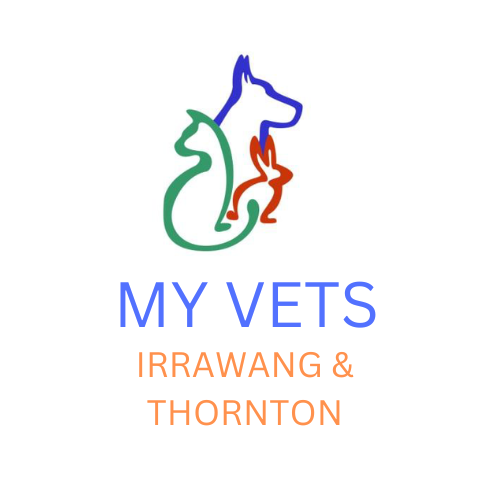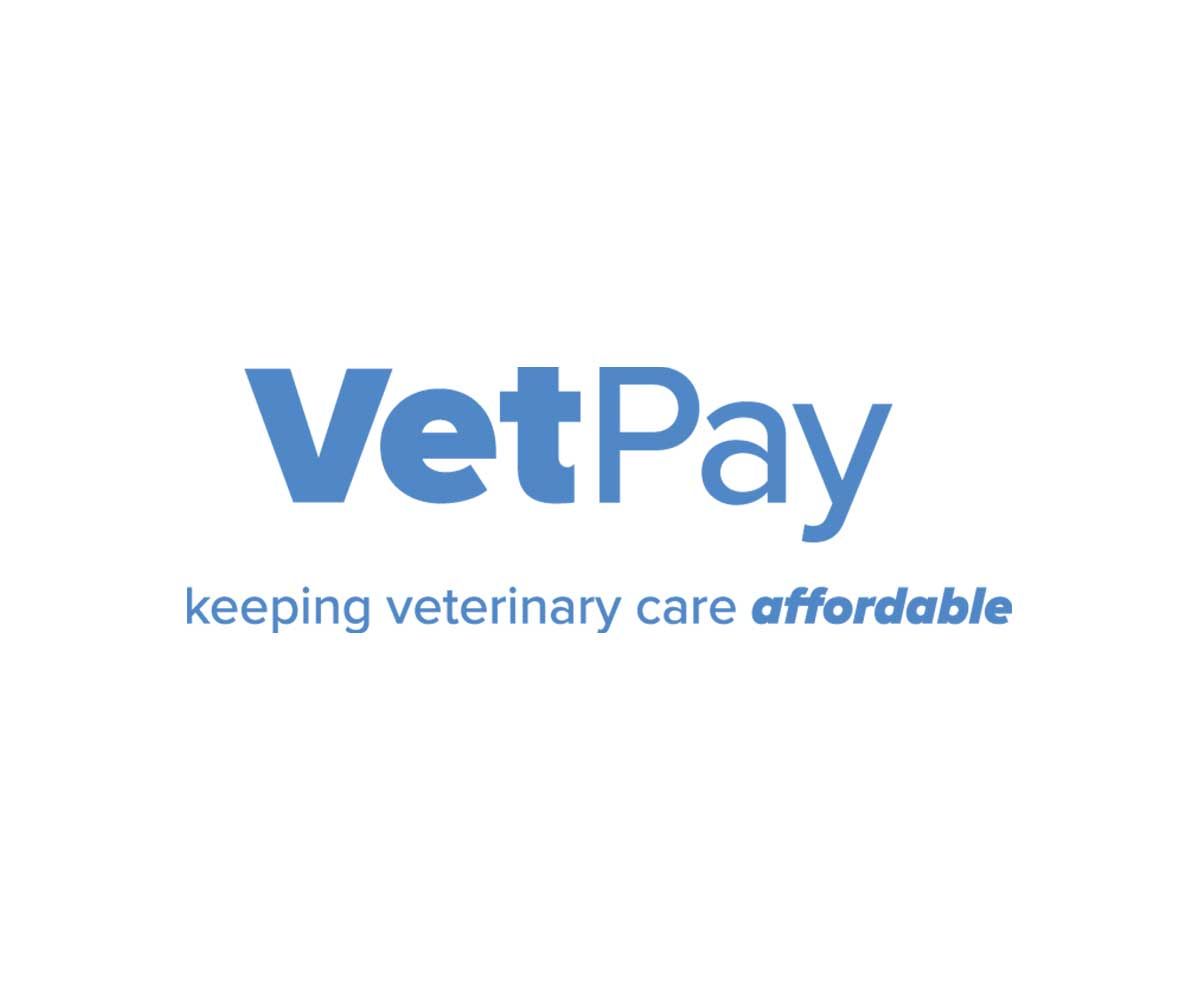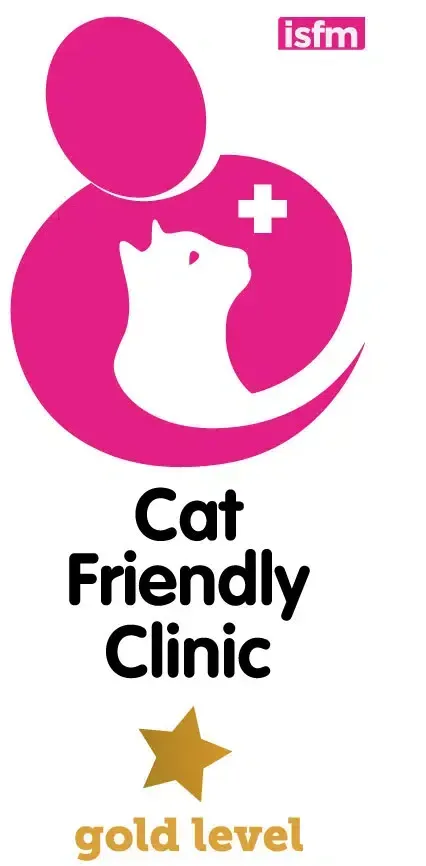DESEXING
Desexing Your Pet
There are many important reasons to desex your pet — and it goes far beyond preventing unwanted litters. Desexing provides a range of health and behavioural benefits that help your pet live a longer, happier life.
Why Desexing Matters
Desexing significantly reduces the risk of several serious health conditions, including:
- Mammary (breast) cancer in females
- Pyometra, a potentially life-threatening uterine infection
- Phantom pregnancies
- Testicular cancer, the second most common cancer in entire male dogs
- Enlarged prostates in males
It can also help reduce unwanted behaviours such as urine marking, roaming, fighting, aggression, and spraying.
When Should My Pet Be Desexed?
It’s never too early to start the conversation. We will discuss desexing with you during your pet’s early vaccination visits.
Historically, pets were desexed at around 6 months of age. However, new research suggests that waiting until 12 months of age or older can improve bone and muscle development — especially in large-breed dogs — and may reduce the risk of conditions such as hip dysplasia and cruciate disease.
The ideal timing for your pet depends on:
- Your home and yard setup
- Behavioural concerns (e.g. aggression, spraying, wandering)
- Whether you feel comfortable managing a female’s first season (bleeding, behavioural changes)
- The risk of unplanned mating
If you’re unsure, we’re always happy to guide you.
Preparing for Surgery
When your pet is ready, please book their surgery at least one week in advance. Before the procedure we will:
- Ensure your pet is well and up to date with vaccinations and parasite prevention
- Provide fear-free medication for especially anxious pets, to be given at home on the morning of surgery
Your pet will stay in hospital for the day, and ideally, you’ll be able to give them extra TLC at home for the first day or two afterwards.
On the Day of Surgery
Desexing is major surgery requiring a full general anaesthetic. Your pet will receive:
- A thorough physical exam
- An in-house blood test to assess general health
- An intravenous catheter for fluids and anaesthetic medication
- Careful preparation and cleaning of the surgical site
- A breathing tube and connection to a gaseous anaesthetic machine
Throughout the procedure, your pet’s heart rate, breathing rate, blood pressure and carbon dioxide levels are monitored by one of our experienced veterinary anaesthesia nurses.
The surgery itself typically takes 20–40 minutes, depending on your pet’s age and size. Their wound is closed — usually with dissolvable sutures — and we create a tailored pain relief plan to ensure their comfort.
After Surgery
Your pet can go home the same day, once fully awake and after their final vet check. Before you leave, we will book a free post-operative check-up for 10–14 days after surgery.
As always, if you have any questions or concerns — big or small — please call us. We’re here to help every step of the way.











